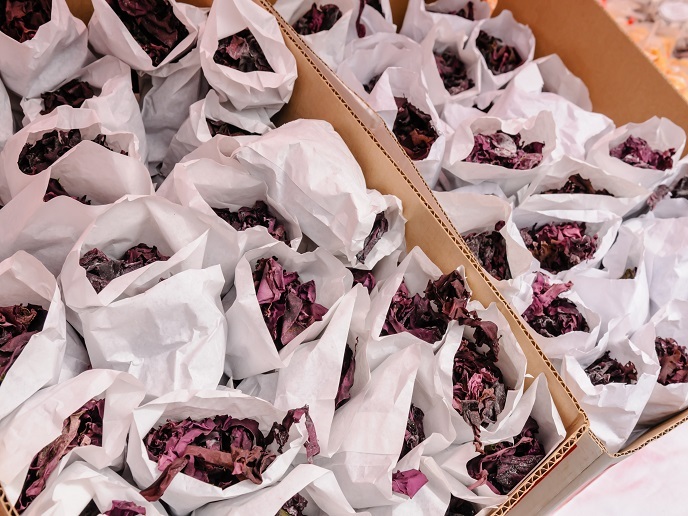Green technology to quickly, easily and cheaply cultivate microalgae for valuable products
Typically found in freshwater and marine systems, microalgae are complex single-cell organisms that contain proteins, carbohydrates, lipids, vitamins and other precious metabolites. Such compounds can be used in health products, food and feed additives and cosmetics, among others. Microalgae use photosynthesis to produce all the necessary elements to sustain their metabolism. Their primary source of energy is light. However, several parameters must be optimised to make their production viable and economically profitable. For example, they need large amounts of water to grow, and considerable energy is used to separate the biomass from water. To address this issue, the VALUEMAG(opens in new window) project investigated cutting-edge solutions for microalgae cultivation and harvesting.
Unlocking the full potential of microalgae
Project partners proposed a technology for the microalgae industry to produce and purify high-value biomolecules in an affordable and ecological way. “We introduced a novel and environment-friendly solution for building more efficient microalgae based biorefinery systems at a lower cost,” comments VALUEMAG coordinator Evangelos Hristoforou. Specifically, they developed a magnetic photobioreactor (mPBR) system based on a magnetic cone and magnetic microalgae. This system allows to drastically reduce water and consequently energy to harvest cells. A greenhouse hosts the mPBR system to expose microalgae to light, thus minimising uncertainties surrounding contamination, temperature and humidity. “These innovations will lead to the best possible cultivation, improve biomass productivity and dramatically lower biomass production costs,” adds Hristoforou.
Towards more efficient microalgae biorefineries
In addition to cultivation, the VALUEMAG team extracted and exploited valuable compounds from microalgae. For example, team members extracted with the highest yield possible the molecule (astaxanthin) that has numerous health applications and offers much value in the market. Using selected microalgae strains, natural products were extracted by supercritical CO2. To further reduce the amount of greenhouse gases and biomass costs, the CO2 from the transformation processes and the water were recycled and used to improve the growth rate of microalgae.
Keeping vegetables fresh with microalgae
Another important achievement was the antimicrobial effect of microalgae extracts on fresh vegetables. Unless treated with chemicals, the quality of fresh vegetables suffers. Findings showed that microalgae extracts could offer a completely natural defence against vegetable spoilage. By spraying fresh vegetables with microalgae extracts, several bacteria and microbes were eliminated. Vegetables lasted longer, thus improving shelf life. “VALUEMAG innovations have the potential to increase the efficiency and environmental sustainability of modern biorefineries by lowering the cost of food production and sustaining food security,” concludes Hristoforou. “Ultimately, the European microalgae industry will become more competitive since there’s no pilot installation or state-of-the-art biorefinery that uses magnetic nanotechnology to cultivate microalgae.” VALUEMAG received funding from the Bio-based Industries Joint Undertaking(opens in new window), a public-private partnership between the EU and industry.







